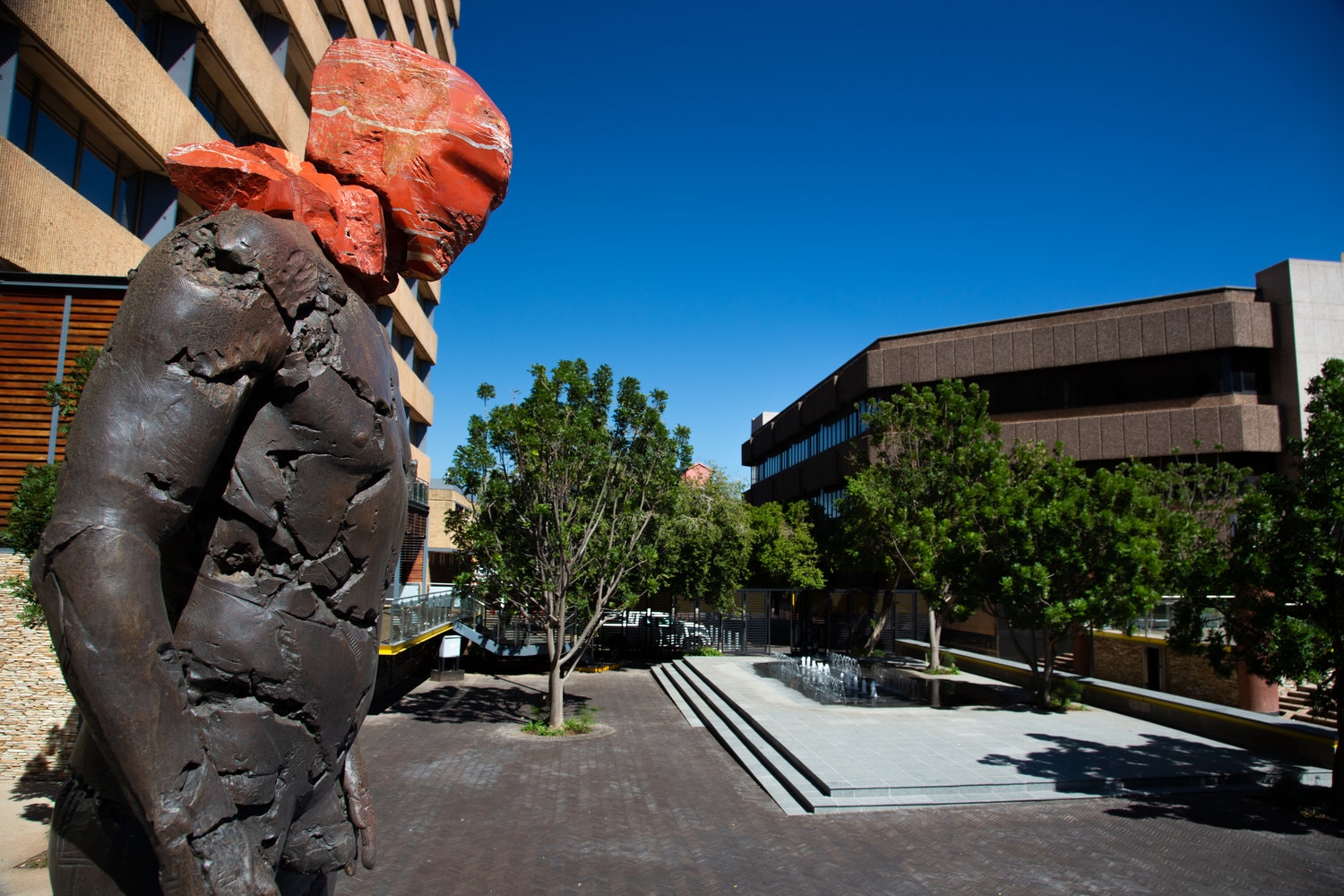
By Morwa Mosupyoe
Mizpah House of Prayer
With our economy looking in a dire state amidst a rise in poverty and unemployment, a group of gatekeepers and watchmen from all 11 language groups across the nine provinces of South Africa, responded by embarking on an economic redemption assignment in the nation’s Witwatersrand business hub on October 6.
The mission to dedicate and redeem the SA economy and currency in a posture of repentance, and with an understanding of God’s calendar and the “Thuma Mina” presidential campaign” proclaimed under SA’s 6th administration, began at the old Johannesburg Stock Exchange building during the Days of Awe just a few days after Rosh Hashana 5780.
The group also visited the old Reserve Bank building in Pretoria, the administrative capital and seat of government, on Yom Kippur, the Jewish Day of Atonement.
In a further prayer outing they took possession of the gates of the British High Commission in Pretoria, to deal with colonial foundations and to break spiritual chains and bondages holding the economy.
The old Stock Exchange and the old Reserve Bank are both ancient portals and foundations of our economy and our gathering was based on Psalm 11:3 which speaks of the mandate of the righteous to mend broken foundations. Interestingly, in terms of spiritual ley lines and mapping, the old JSE is in the precinct of the Market Theatre, while the old Reserve Bank is near the State Theatre. The word theatre has also come to be associated with operating or dissecting.
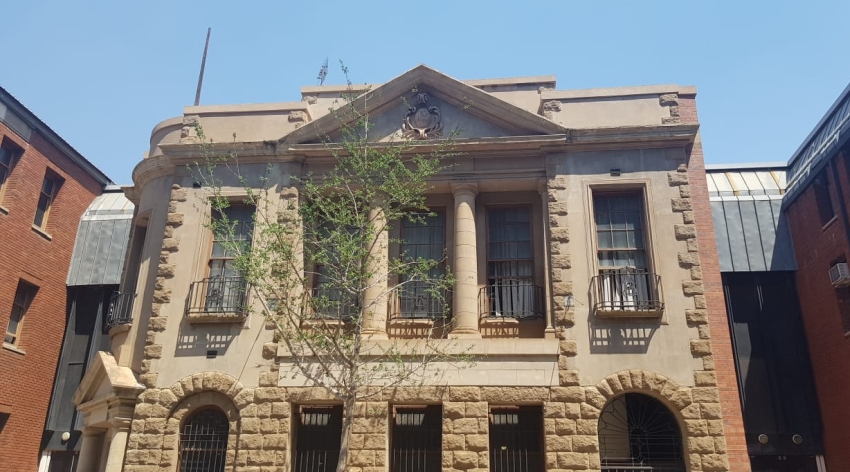
Our currency, the rand, is a key to and synonymous with of our economy and takes its name from the Witwatersrand (White Waters Ridge), the territory where most of SA’s gold is found. The rand was introduced 58 years ago in 1961, replacing pounds and shillings which were more British in identity. The global code for the rand is ZAR (Zuid Afrikaanse Rand) which confirms its more Afrikaans identity.
The face of Nelson Mandela on SA banknotes was introduced seven years ago on November 6 2012, symbolising Madiba’s strong connection to our currency which was previously connected with Jan van Riebeeck.
In contrast to strong currencies like the Botswana pula (pula means rain) and Israel shekel (a shekel is a unit of weight), the rand is under pressure and it important for us to reclaim and realign the territory of the Witwatersrand — including the Johannesburg CBD — which is under great contestation both physically and spiritually.
It was important for our intercessory team to spiritually interrogate our currency — especially the banknotes (R10, R20, R50, R100 and R200) and the coins (R5, R2, R1, 50c, 20c, and 10c).
We noted that each banknote has a different personality and character (See table below), requiring us to deal with each note’s unique strongholds and curses and to align the redemptive gift and mandate of each note
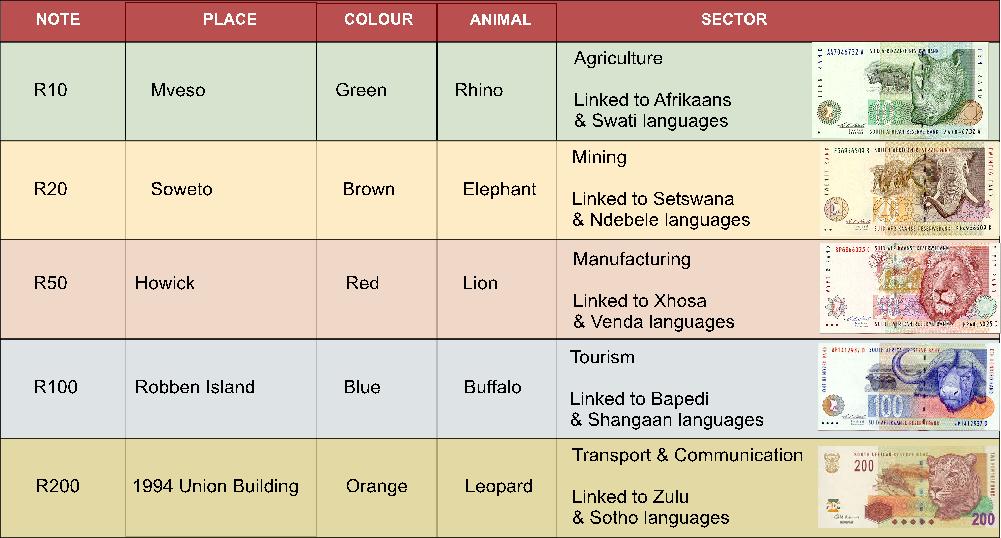
From this information, we could determine the character and mandate of each banknote, for example, green is a colour of life but the rhino on the R10 note is under extreme attack and is facing death and the horn symbolises authority.
Likewise, the R20 note features Soweto whose billions of rands of debt is affecting the economy and whose strongholds affect the R20 notes spiritually. We had to consider how the note was influenced by the strongholds of the Tswana and Ndebele tribes and the linked mining sector.
Thus each banknote was spiritually scrutinised and analysed and redeemed according to different conditions.
Another important issue with great prophetic significance is the fact that our currency is called madi in Sotho languages and mali in Nguni languages — and both words mean blood which we all know has a voice.
Hence we had to deal with the issue of the blood because the only blood that should speak is that of Christ which was shed on the cross and is the ultimate blood that should have overall authority over our economy and currency. We thus partook in communion as representatives of 11 language groups and aligned madi/mali– our currency — with the blood of Christ (Luke 22:20)
It was also interesting to discover the relationship between our economy and other ancient financial portals like Old Mutual which was established in 1845. The old Reserve Bank building was known as the Old Mutual building and it still bears Old Mutual branding.
We, therefore, also visited the Old Mutual head office during the Sukkot (Feast of Tabernacles) period to deal with the connection. And we entered the Courts of Heaven from the Old Pretoria High Court known as the Palace which is next to the old Reserve Bank and presented the economy to the Supreme Judge and our Advocate in Heaven as led by our Counsel, the Holy Spirit.
The Lord manifested differently in all these ancient gates and foundations of our economy
The other remaining important ancient gate is the Khoisan gate which is SA’s first gate. We will be gathering at that gate soon to align the economy there too (Jeremiah 6:16).
Pula!



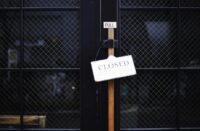
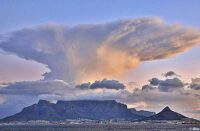
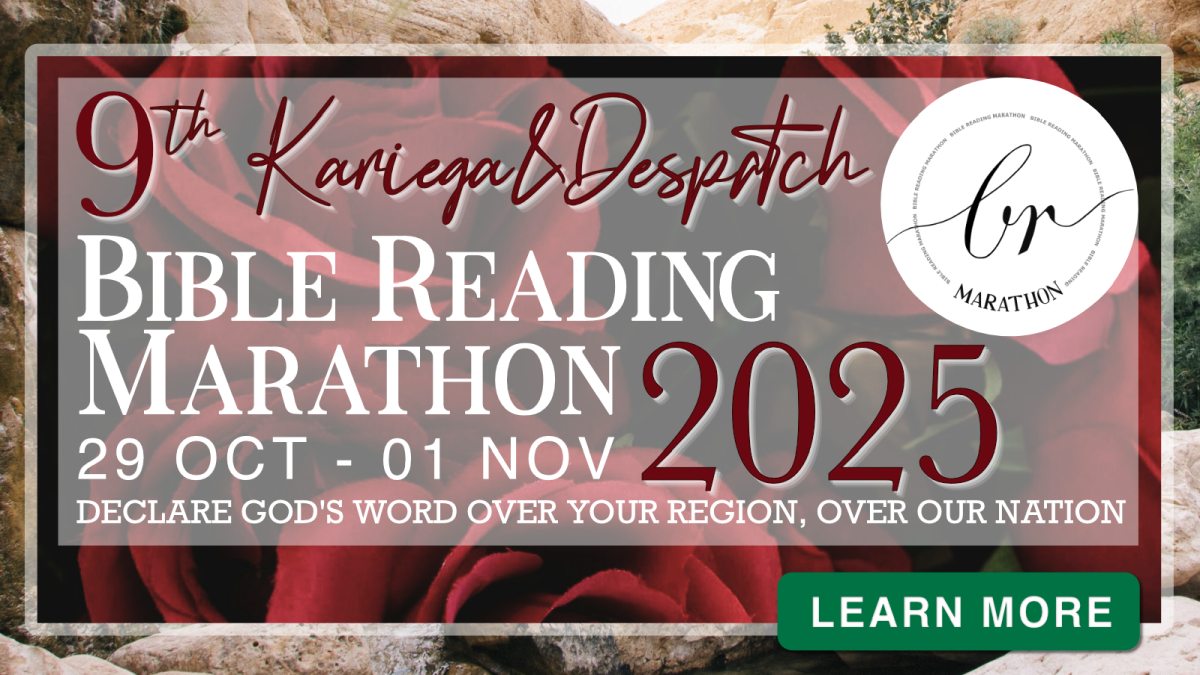
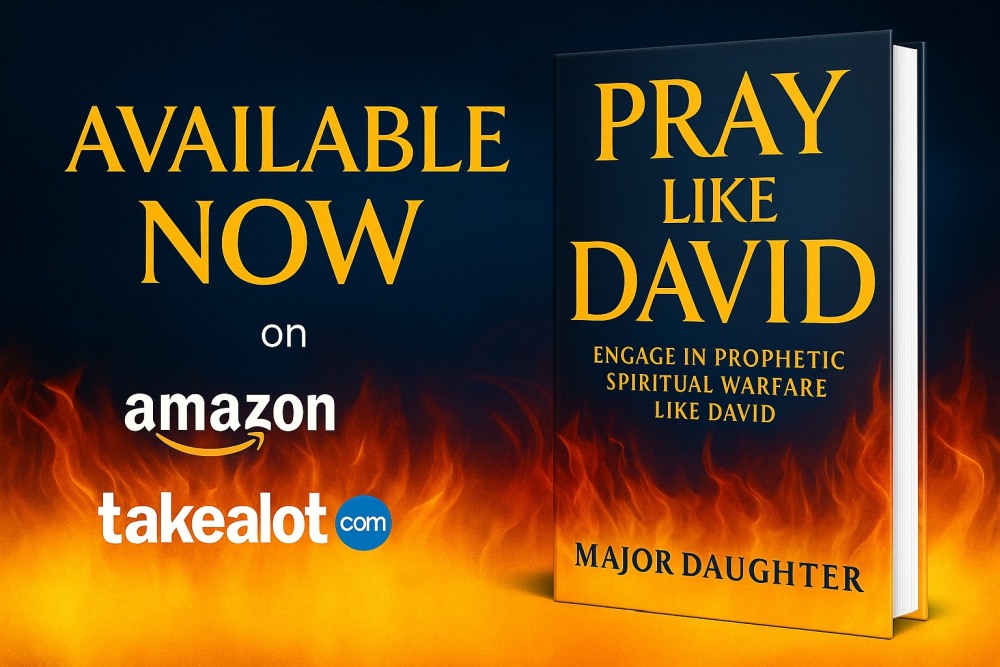

It is so wonderful to hear of this prayer initiative. I praise God.